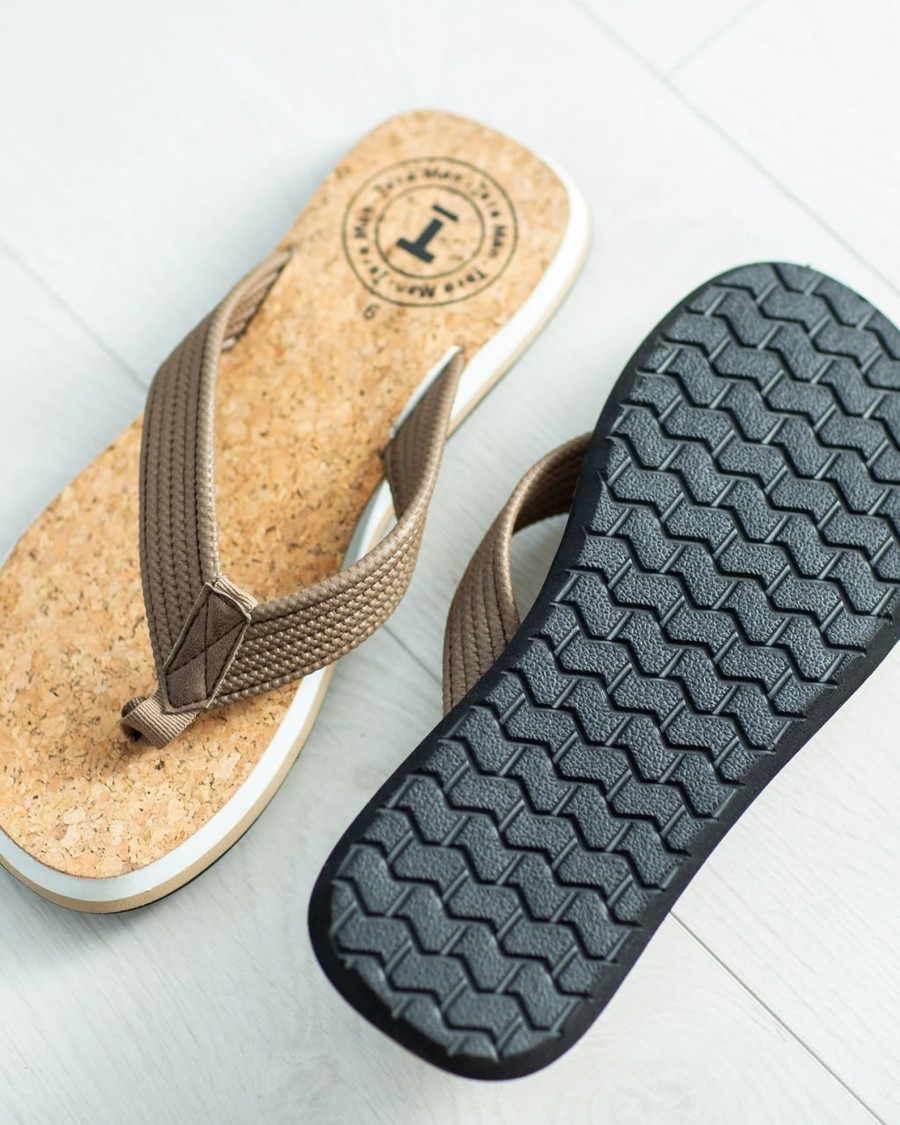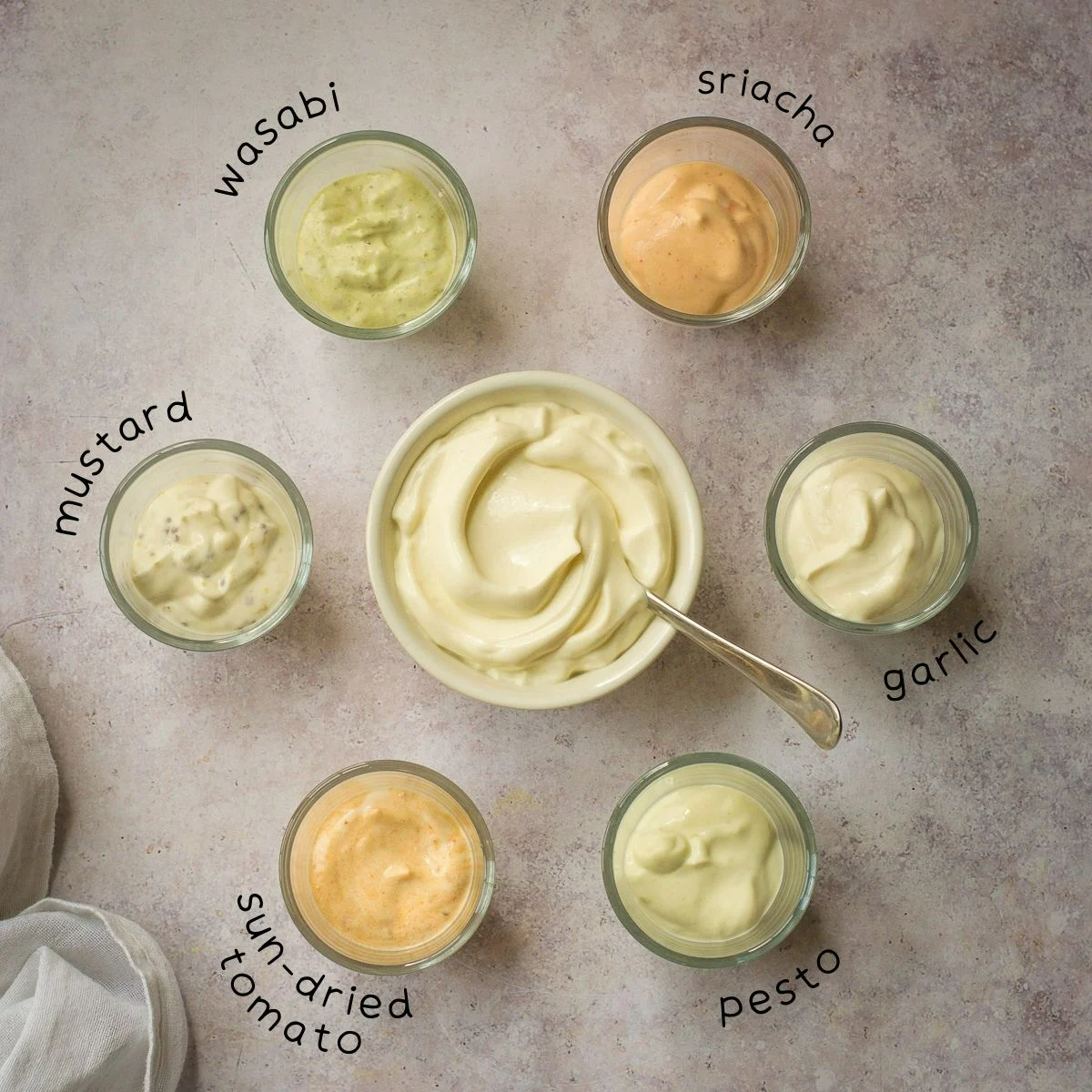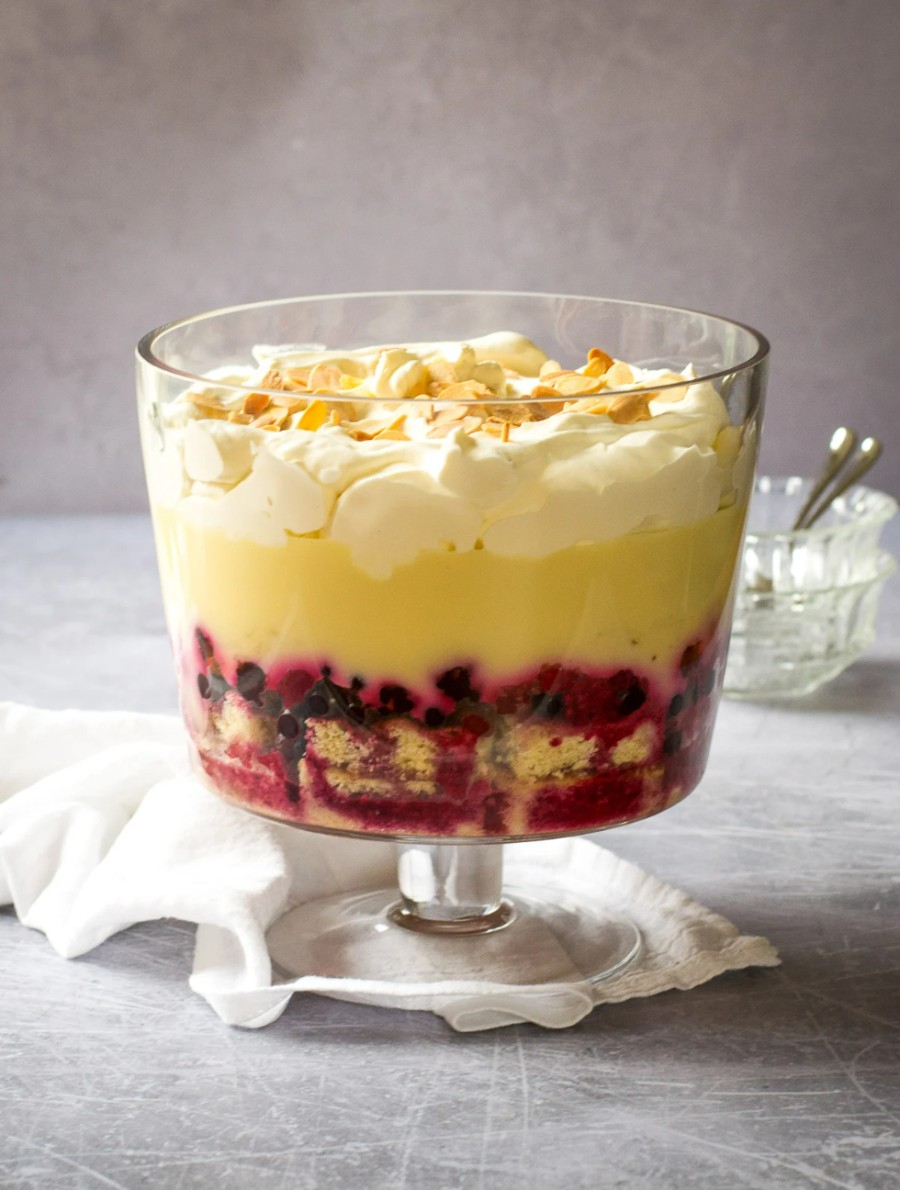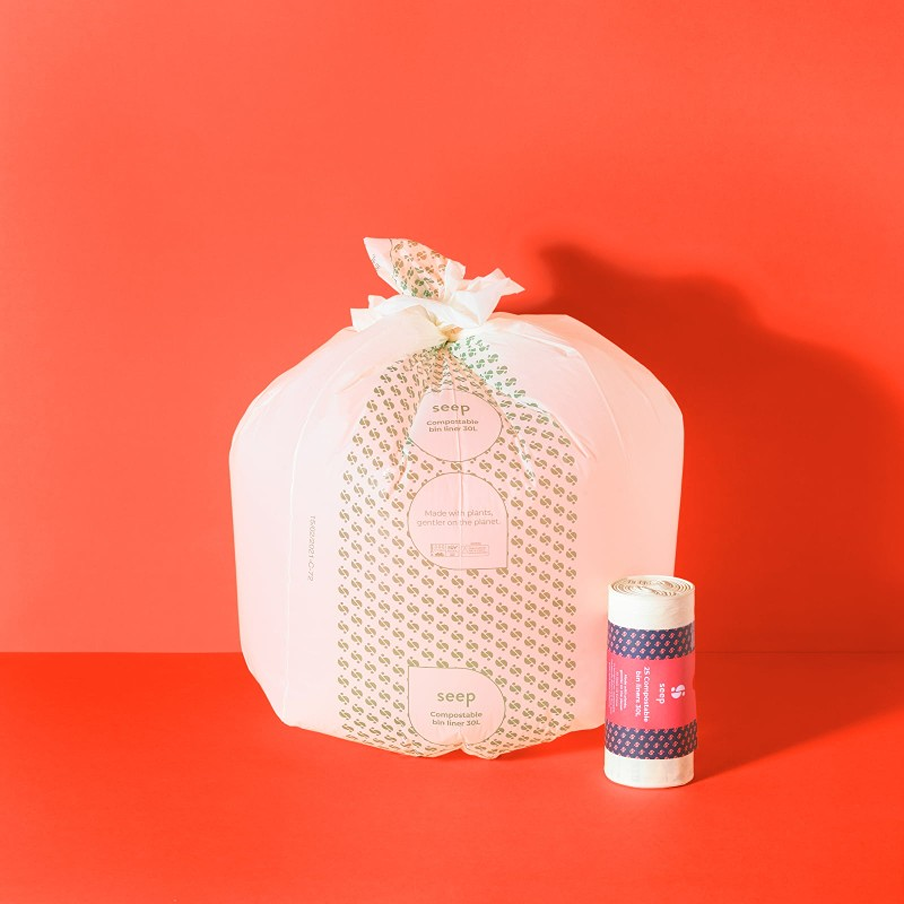Natural Rubber Flops (100% biodegradable)

Sea Sense Flip Flops are made from 100% natural Fair Trade rubber, so biodegrade if they got lost in a wave or dropped off a boat, unlike plastic versions. Natural rubber is also more comfortable, so less likely to cause blisters between your toes.
Sold in sustainable packaging, the cushioned footbeds support the natural shape of your feet, and padding absorbs impact if you’re on rough paths, or spend hours on your feet. The slight arch support also makes them comfortable for tired feet, and natural rubber lets your feet breathe.
These flops also dry fast, even after a paddle in the sea or sudden rain.
It’s not good to wear flops all the time, as this could cause flat feet.
Why Choose Natural Rubber Flops?

Flops are cheap and comfortable, so are worn by over 1 billion people worldwide. But plastic ones break down into microplastics, and get ingested by marine wildlife. It’s estimated that around 25% of all ocean waste is made up of discarded plastic flops.
You can send any brand of plastic flops to Waves Flip Flops for recycling (and get a discount on your next pair). Ocean Sole is a Kenyan social enterprise that creates local jobs, by turning discarded flops into colourful art.
Cork Flops (with Natural Rubber Base)

These natural cork flops are made by artisans in Bali, and are perfect for the pool, beach or lounging around at home. The natural rubber base has an excellent grip.
Cork is a lightweight and comfortable material that’s easy to clean. It comes from stripping the bark of trees in Spain and Portugal every few years, so no trees are chopped down.
Keeping the cork industry alive (in a world of plastic wine corks) is a good idea, to stop industry knocking down forests to build things.






